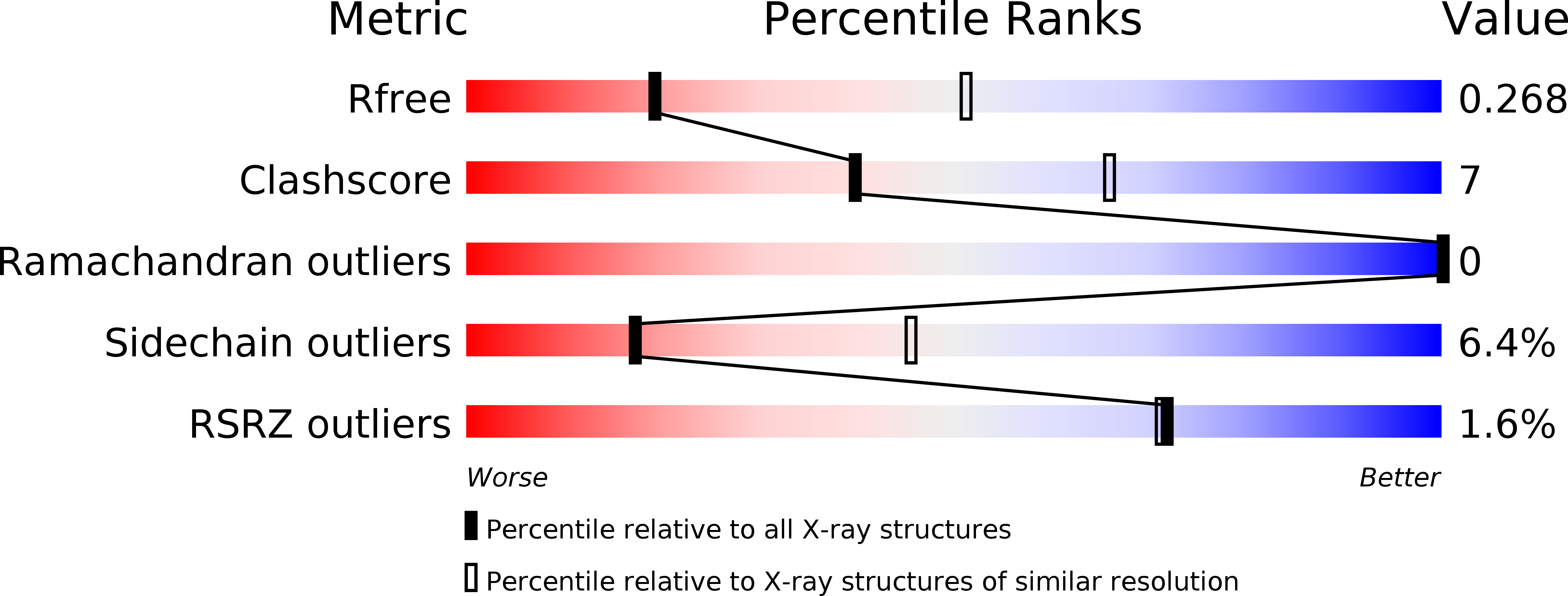
Deposition Date
2013-09-21
Release Date
2015-02-18
Last Version Date
2024-10-16
Entry Detail
PDB ID:
4MUC
Keywords:
Title:
The 4th and 5th C-terminal domains of Factor H related protein 1
Biological Source:
Source Organism:
Homo sapiens (Taxon ID: 9606)
Host Organism:
Method Details:
Experimental Method:
Resolution:
2.90 Å
R-Value Free:
0.26
R-Value Work:
0.20
R-Value Observed:
0.21
Space Group:
P 6 2 2


